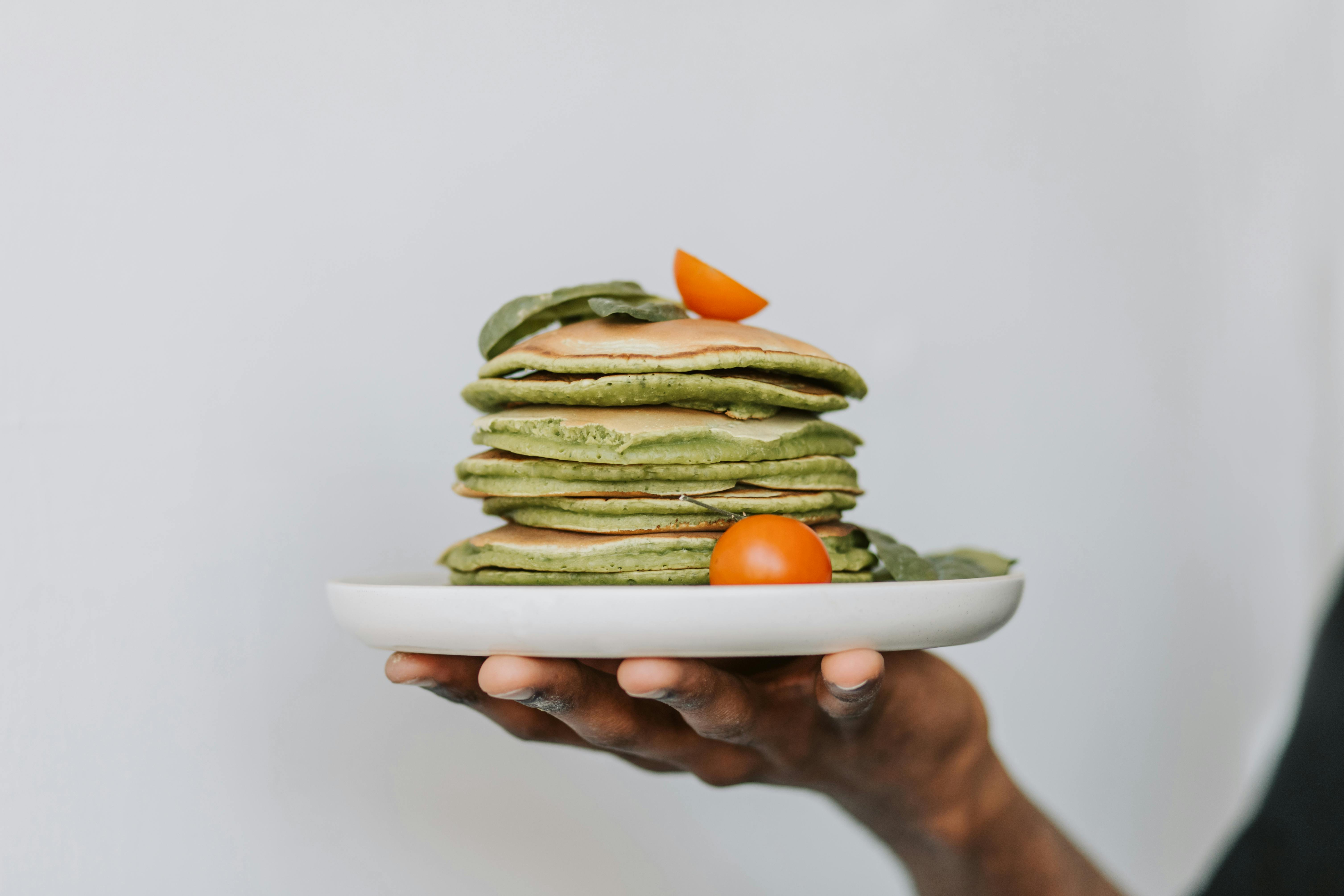
As you probably already know, the appearance of hardwood floors can vary greatly from one variety of wood to another. Since color, darkness, and grain can differ so dramatically between species, a wood that strikes a chord in one home could look seriously out of place in another setting. Traditionally, for example, darker woods have been used more often in formal interior décor, while lighter-toned woods tend to evoke a more informal feel.
The best way to select the wood that is most appropriate for your hardwood installation is to take a trip to your local flooring or home improvement store and do a side-by-side comparison of hardwood flooring samples. As you review the different planks in person, be careful to look for prominent color tones, as well as the number of visible marks or scratches. While some types of hardwood have a clean look and consistent color and grain, others offer a wealth of natural stains and interesting patterns in every board. It is simply a matter of selecting which particular type of wood has the most appeal to you.
Some of the most popular varieties of hardwood flooring for residential use today are:
- red oak– With a variety of colors ranging from creamy reddish pinks to shades of brown, this domestic hardwood species stands up to wear and tear and is the number one choice for hardwood flooring for American homeowners.
- White Oak-Similar to the brown strains of red oak but with gray undertones, this type of wood offers a nice, even coloring of hardwood flooring and high durability due to a harder grain.
- Maple-Pale, creamy white in color, this variety of wood is known for its hardness and can have light to heavy brown and black grains, depending on the grade of maple.
- american cherry-Softer than many other hardwoods, this species of wood turns a beautiful deep red color over time and is ideal for use with wide planks or as decorative flooring accents.
Another factor you may want to consider when choosing your wood flooring is the relative hardness rating of the wood itself. As you explore your nearby hardwood flooring company, you’re bound to hear about the Janka grading system for evaluating the hardness of different species of wood. Janka’s hardwood test involves driving a 0.444-inch steel ball into each type of wood under precise pressure conditions and measuring the force required for the ball to embed. According to those findings, the higher the Janka number, the harder the wood. Scores on the list range from Australian buloke at 5060 to balsa at 100, with the more recognizable red and white oak varieties rating 1290 and 1360 respectively. Comparing the relative hardness of the woods you are considering can help you consider where your hardwood flooring will be installed and how durable the product you need for that room is.
So say goodbye to those nasty old carpets and hello to your beautiful new hardwood floors. But before you do that, take the time to weigh the differences in hardness and appearance from one type of wood to another. After all, when installed correctly, your hardwood floor is bound to last for many years. Choosing the correct wood species is the only way to ensure your long-term satisfaction with your finished floor.